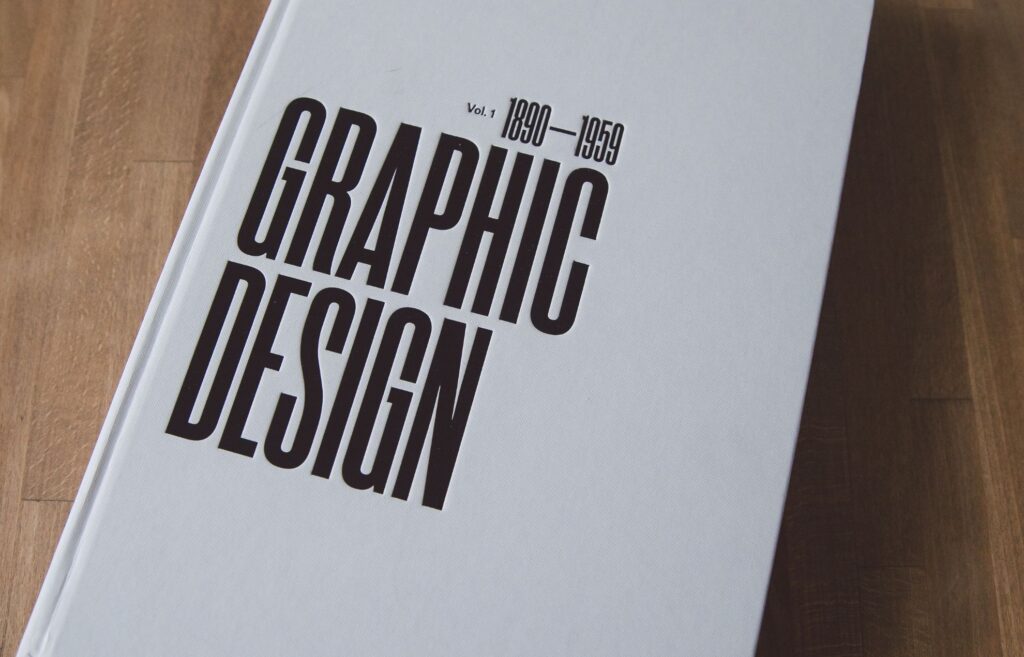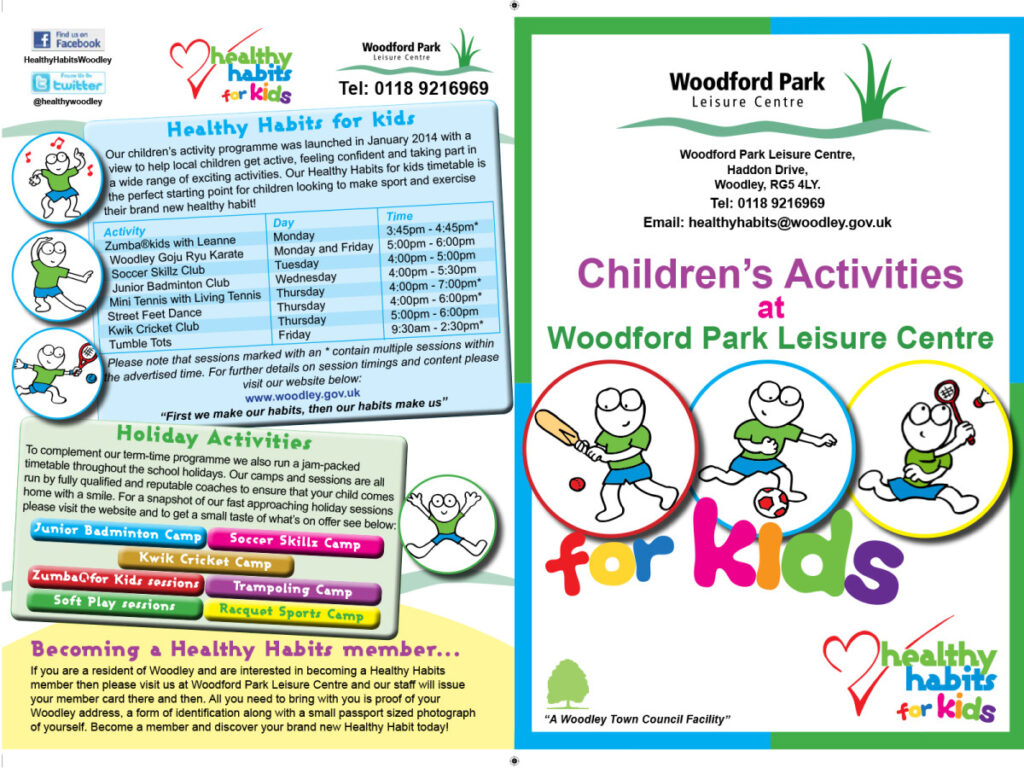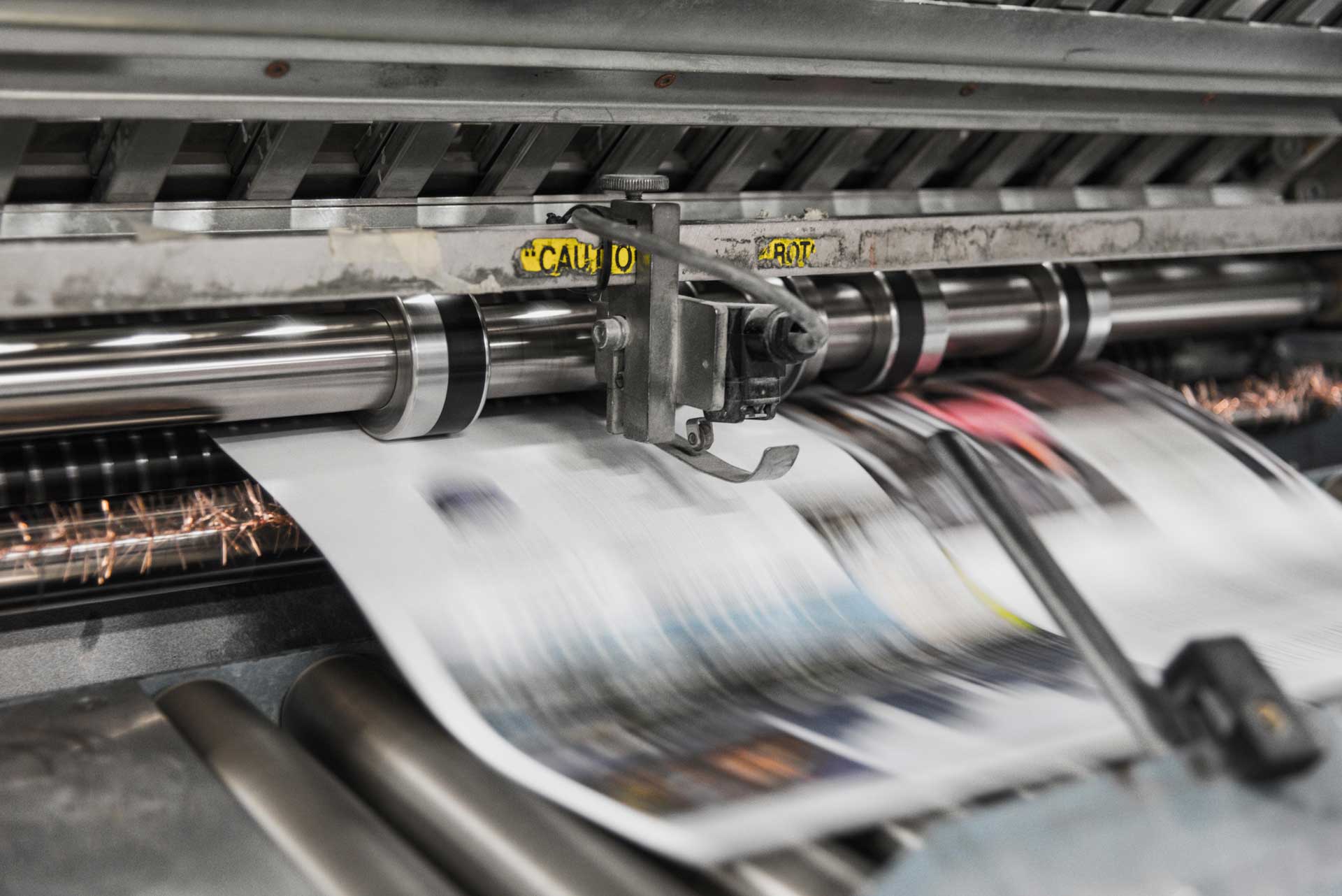Ultimate Guide to Graphic Design
The act of arranging and organising the visual components of a project is known as graphic design.
While the term “graphic design” was coined in the 1920s, the practice has played a significant role in visual communication for millennia. Evidence of early graphic design can be observed in ancient manuscripts and even prehistoric cave artworks.
In the present day, the realm of graphic design encompasses a wide array of fields and areas of expertise. This dynamic and ever-changing field can be intriguing, yet its flexible nature might pose challenges for those new to comprehending its precise definition and the various tasks that graphic designers undertake.
In this article, we’ll explore what is graphic design, its importance, principles, evolution, and its impact on various industries.
What is Graphic Design?
Graphic design is the art of combining text, images, and other visual elements to create designs that communicate a specific message or evoke a particular emotion. It involves a careful blend of creativity, technical skills, and strategic thinking to produce visually striking and effective designs. Graphic designers use various tools, both traditional and digital, to bring their ideas to life.
In reality, almost everyone engages in some level of graphic design in their daily routines — whether it’s appending text to an image for social media or colour-coding spreadsheets at work. Essentially, whenever you’re crafting visual content, you’re actively participating in a form of graphic design.
Graphic design encompasses a wide range of mediums, including print materials, digital media, advertisements, websites, and more.
What is the Primary Purpose of Graphic Design?
The fundamental goal of graphic design revolves around conveying and enhancing messages effectively.
Effective graphic artwork serves as a conduit for streamlined communication. Imagine a data analytics spreadsheet. A graphic designer might employ varied colours to emphasise which metrics are on the rise and which are declining, thus simplifying the process for the observer to swiftly comprehend positive trends and areas needing adjustment.
Well-executed graphic design possesses the ability to evoke an emotional reaction from the viewer or even prompt them to take specific actions. A classic instance is the “sign up” page on a website, which typically employs design strategies to encourage visitors to join an email list or initiate a free trial.
Similarly, the design of food packaging aims to make the contents more visually appealing, enticing individuals to indulge.
The Role of Graphic Design in Communication
In today’s fast-paced world, effective communication is crucial, and graphic design plays a vital role in this process.
Whether it’s a logo that represents a brand’s identity, a brochure that showcases products, or a website that provides information, graphic design helps convey complex messages in a concise and visually appealing way.
It captures the audience’s attention and encourages them to engage with the content.
What Does a Graphic Designer Do?
A graphic designer, an expert in the graphic design and arts sector, assembles images, typography, and motion graphics to craft design pieces. Their creations serve various media, be it print, digital, or published materials like brochures and advertisements.
They may also handle typesetting, illustration, and user interfaces. Central to their role is the task of presenting information in a manner that is easily accessible and leaves a lasting impact.

At Image Box Design, we offer a variety of graphic design services such as print design, logo design, creative illustration, branded merchandise, exhbition displays and signage and much more.
Our goal is to help amazing brands express their personality through meaningful and unique designs. Get in touch to see how we can bring your ideas to life.
Elements of Graphic Design
Now we know what graphic design is, and its role in communication, let’s explore the different elements and principles of a graphic designer’s creative role.
1. Typography
Typography is the art of arranging text in a visually appealing manner. It involves choosing the right fonts, sizes, spacing, and alignment to ensure readability and convey the intended tone.
Typography can make a significant difference in how a design is perceived, evoking emotions or emphasising key points.
2. Colours and Palettes
Colours play a crucial role in graphic design. They evoke emotions, create visual interest, and establish brand recognition.
A well-thought-out colour palette enhances the overall design and reinforces the message being conveyed.
3. Images and Icons
The use of images and icons can enhance the visual appeal of a design and make it more relatable to the audience.
High-quality images and well-crafted icons can convey complex ideas quickly and effectively.
4. Layout and Composition
The layout and composition of a design determine how elements are arranged and organised.
A balanced and visually pleasing layout ensures that the message is conveyed seamlessly and coherently.
5. Visual Hierarchy
Visual hierarchy refers to the arrangement of elements to prioritise their importance. It helps guide the audience’s attention and ensures that the most critical information is easily noticeable.
Principles of Graphic Design
1. Balance
Balance in graphic design refers to the distribution of visual weight in a design.
Achieving a balance ensures that no single element overpowers the others, creating a harmonious composition.
2. Contrast
Contrast is essential in creating visual interest and emphasising key elements. By using contrasting colours, sizes, or shapes, designers can draw attention to specific parts of the design.
3. Emphasis
Emphasis highlights the most important elements in a design. It helps direct the audience’s focus and guides them through the content in a meaningful way.
4. Unity
Unity brings cohesiveness to a design by ensuring that all elements work together as a whole. Consistency in style, colours, and typography helps create a unified and professional look.
9 Types of Graphic Design
In the dynamic industry of graphic design, there exists a myriad of specialisations that each play a unique role in shaping visual communication. Below we’ve listed 9 of the most common types of graphic design.
1. Brand Design
Brand design involves the formulation of guidelines and best practices for companies to maintain consistent brand identities across various materials.
This practice encompasses designing logos, establishing guidelines for their usage, crafting illustrations, selecting brand colours, determining typography guidelines, and creating templates aligned with brand directives.
2. Marketing Design
Marketing design focuses on visuals that drive marketing initiatives. It spans a wide spectrum, from composing promotional emails and designing billboards to creating website assets and crafting exhibition show booths.
Unlike brand design, which sets overall guidelines, marketing design concentrates on communicating specific messages for individual campaigns or platforms.

3. User Interface & Website Graphic Design
Web design navigates the interactive world of website creation. It encompasses not only graphic design skills but also expertise in user experience (UX) and user interface (UI) design.
Web designers collaborate to create icons, buttons, interactive elements, videos, and gifs, ensuring seamless user experiences across devices.
4. Illustration Design
Illustration design injects creativity into various mediums, such as children’s books, wearables, websites, social media, and marketing campaigns. Illustrators contribute individual assets to diverse projects, with some focusing exclusively on creating illustrations.
Their design styles and processes vary widely, ranging from digital media to blending digital and physical mediums.
At Image Box Design, we offer expert illustration services for brand and businesses across the UK. Get in touch with us and see how we can help.
5. Type Design
Type design involves the creation or selection of typography, typefaces, or fonts. Type designers contribute to various projects, including logos, wedding invitations, and brand design.
They wield an impactful influence on visual communication, as humans heavily rely on words for conveying messages.
6. Infographic Design
Infographic design simplifies complex information through visually appealing representations. Infographics may take the form of 2D illustrations, interactive elements, or videos.
Their core purpose is to facilitate the viewer’s understanding of intricate concepts.
7. Textile and Surface Design
Textile and surface design involves creating visuals for fabrics, wallpapers, carpets, and furniture. These designers possess knowledge of both design principles and the intricacies of materials, dyes, and fabrics.
Their expertise ensures that the final design harmonises with the material used.
8. Packaging Design
Packaging design enhances the presentation of products through visually appealing packaging. It’s an essential facet, as packaging often serves as the first point of contact with a product.
Product packaging designers strive to complement and showcase the contents within.
9. Editorial Design
Editorial design holds historical significance in the world of graphic design and remains vital in both print and digital publications. This type encompasses books, magazines, newspapers, emails, and digital publications.
Editorial design amplifies the written word by setting the tone and arranging visual elements to enhance the overall reading experience.
The Evolution of Graphic Design
Over the years, graphic design has evolved significantly. From traditional methods like hand-drawn illustrations and printing presses to modern digital tools and software, the possibilities for creating visually stunning designs have expanded tremendously.
The Impact of Graphic Design in Marketing
In the realm of marketing, graphic design plays a pivotal role. It helps businesses create visually appealing advertisements, social media posts, and website banners that capture the attention of potential customers and convey brand messages effectively.

The Intersection of Graphic Design and User Experience
In the digital age, user experience (UX) has become a critical aspect of design. Graphic designers work closely with UX designers to ensure that the visual elements enhance the overall user experience and make interactions seamless and enjoyable.
The Future of Graphic Design
The future of graphic design is exciting and promising. As technology continues to advance, new possibilities will emerge, enabling designers to push the boundaries of creativity even further. Augmented reality, virtual reality, and interactive design are some areas that hold immense potential for the future of graphic design.
Our Graphic Design Services
At Image Box Design, a leading UK graphic design company, we take pride in offering bespoke graphic design solutions tailored to meet the unique needs and preferences of each client.
Our design process involves in-depth consultations to understand your brand’s vision, values, and target audience.
This information fuels our creativity and empowers us to craft designs that align perfectly with your brand identity, helping you stand out in a crowded market.
Get in touch with us for more information on how we can help your brand.

Summary of What is Graphic Design
Graphic design is a powerful form of visual communication that influences how we perceive and interact with information. With its diverse elements and principles, it shapes our understanding of brands, products, and services.
As technology and design continue to evolve, graphic design will play an increasingly vital role in crafting meaningful experiences for audiences worldwide.
Through our comprehensive graphic design services, we aim to bring your brand’s vision to life and empower you to make a lasting impression in the competitive market.
Frequently Asked Questions
What is a graphic designer?
A graphic designer is a creative professional who combines art and technology to communicate visual concepts. They use design elements, colour theory, and principles of design to create impactful visual designs for various media. Graphic designers often work with art directors and creative directors on design projects ranging from business cards to user interface design for mobile apps and web pages.
What is graphic design in simple words?
Graphic design is the art of arranging visual elements, like images and typography, to convey messages effectively in print, digital, or published materials.
What does a graphic designer do?
Graphic designers use graphic design software like Adobe Illustrator and Photoshop to create visual designs that convey an intended message. They work on diverse projects including marketing materials, book covers, and print ads. Collaborating with team members such as web developers, they apply colour schemes and vector graphics to produce final products that meet specific objectives. Their work has a significant impact on visual communication across various industries.
Is graphic design limited to digital media?
Not at all! While graphic design has a strong presence in the digital world, it also extends to print media, packaging, signage, and various other tangible forms of communication.
What skills are essential for a career in graphic design?
Apart from creative flair, proficiency in design software, an understanding of design principles, and the ability to communicate ideas visually are essential skills for a successful graphic designer.
Can graphic design influence consumer behaviour?
Yes, graphic design can significantly impact consumer behaviour. A well-designed and visually appealing brand image can build trust and attract customers to make purchasing decisions.
How does graphic design contribute to brand identity?
Graphic design plays a central role in shaping brand identity by creating logos, colour palettes, and visual elements that represent the brand’s personality and values.
Related Design Guides:
- What is Brand Identity?
- What is a Design Agency?
- What is Marketing Collateral?
- What is Illustration?
- What is a Roller Banner?
- 9 Tips for Effective Corporate Graphic Design
- What is Colour Theory in Graphic Design?
- What is Graphic Illustration?
- What is Branded Merchandise?
- What is Logo Design?
- 10 Signs Your Business Needs a Rebrand
- What is a Brochure?
- 7 Reasons Why Typography is Important
- What is an Infographic?
- How Much Do Graphic Designers Charge?
- What Makes a Good Poster?
- 15 Tips For Choosing The Best Graphic Design Company
- 17+ Reasons Why Graphic Design is Important for Businesses



